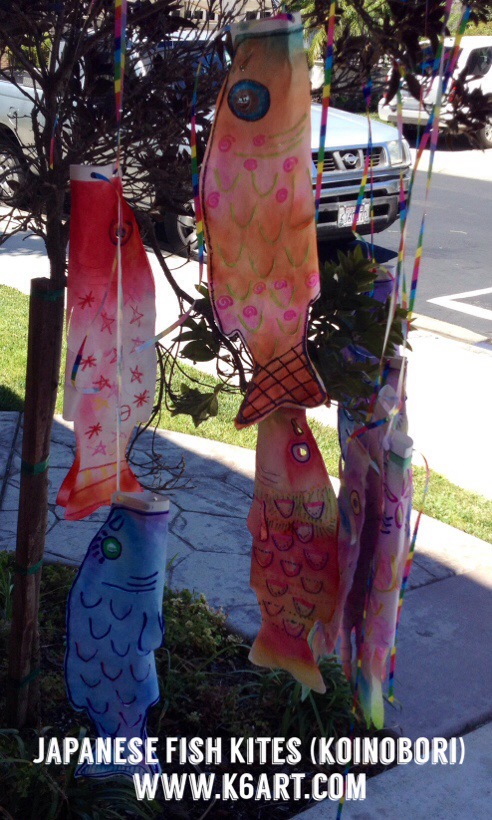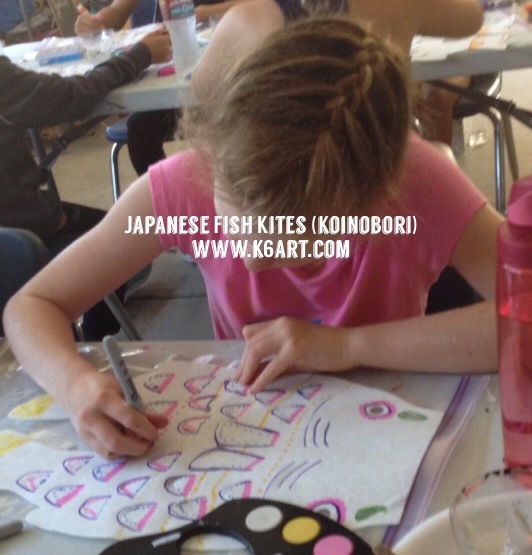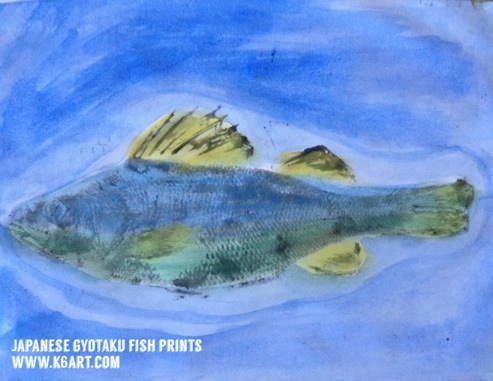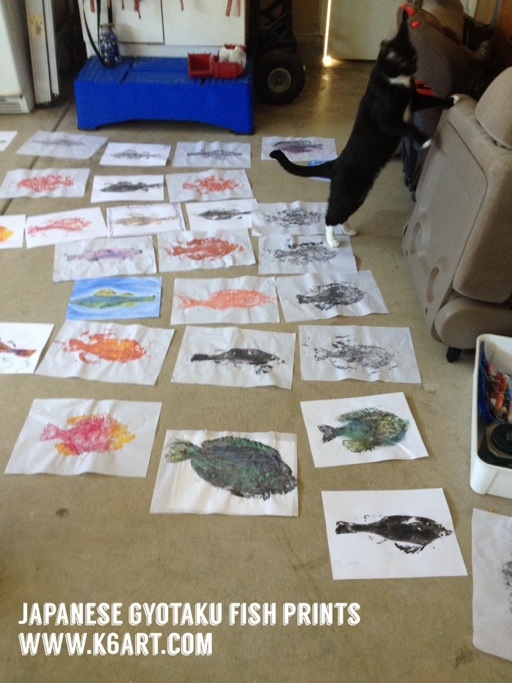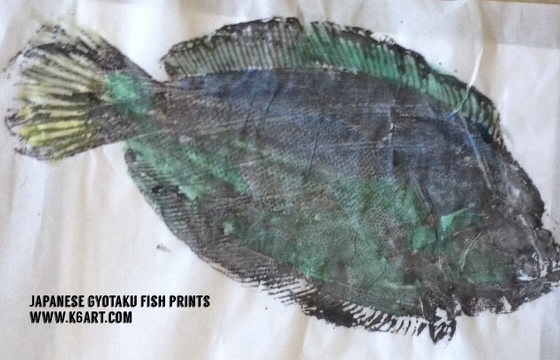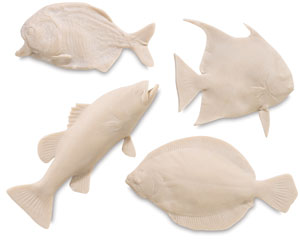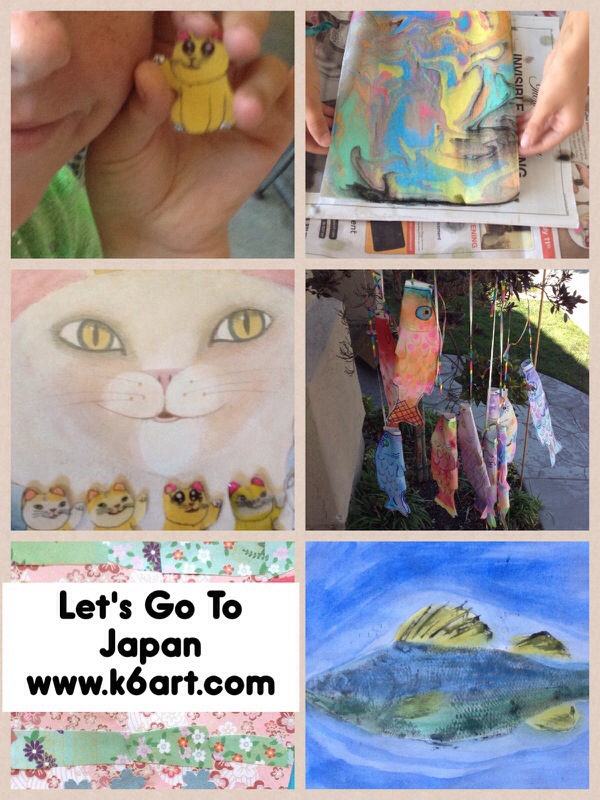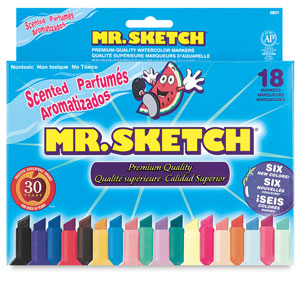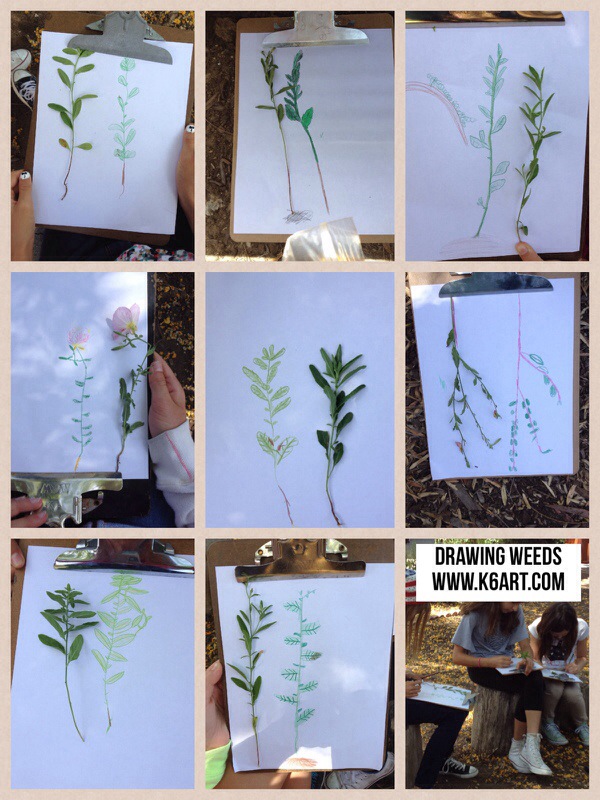What are koinobori?
Koinobori are carp (koi) kites that are flown in Japan on Children’s Day (May 5th). The koi fish embodies the qualities that parents want for their children: courage, strength and determination. The holiday was formerly known as Boy’s Day, but now celebrates all children.
We learned about Children’s Day in the book I Live in Tokyo by Mari Takabayashi. The book covers Japanese holidays month-by-month. In Japan, families display koinobori on a flagpole: the top black fish is the father, the red fish is the mother, and the smaller fish are the children.
Koinobori are also flown in large group displays, as in this video. I love when the wind hits and koinobori actually look like they are swimming upstream.
The Art Project:
I saw this fabulous, simple koinobori project on Cassie Stephens blog. Click here for Cassie’s detailed instructions and gorgeous photos.
Materials:
- Roylco Japanese Carp Windsock kit
- colored Sharpies
- oil pastels (especially white)
- watercolor markers (we used Crayola markers) and/or
- watercolors
- Ziploc bags, two per fish, taped together to create a long rectangle
- tape
- spray bottle
- white glue or hot glue
- clothespins (to clamp the mouth until glue sets)
- hole punch
- ribbon or yarn for hanging
Instructions:
Decorate paper kites with colored Sharpies and oil pastel
Kids drew patterns, outlined eyes and scales, and created a border with oil pastels and colored Sharpies. To create white areas, color with white oil pastel to create a resist.
Color selectively with marker and watercolor
Next they added a some color with Crayola markers and watercolors. I emphasized they didn’t have to color in the whole fish as the markers and watercolors would diffuse when sprayed with water.
Spray with water
Then the kids placed their kites on the long Ziploc ‘placemats’ and sprayed them with water. Some carefully tilted the setup so the colors would diffuse in a certain direction. Let dry on mats.
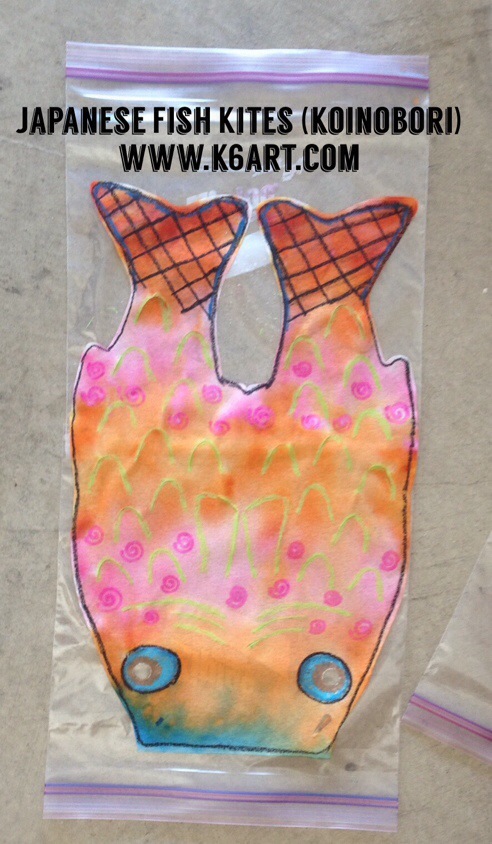
Koinobori paper fish kite drying on its double-Ziploc ‘placemat’. When sprayed with water, the Sharpie and oil pastel lines stayed crisp, while the watercolor marker diffused.
Glue and hang
After drying, I used hot glue to assemble the kites. I attached the cardboard strips that support the kites open mouth, and clipped each with a clothespin until set. I also used hot glue to close the back and part of the tail. Finally, we added three single hole punches to the cardboard mouth, and strung the kites with ribbon. All the instructions are included in the Roylco kit.
Enjoy!
This project was part of my ‘Let’s Go To Japan’ art + cooking camp. Here are our other art and cooking projects:
- Hand-tinted Gyotaku fish prints
- Suminagashi marbled paperOrigami Cloisonné Collage
- Koinobori charms
- Beckoning Cat (Manaki-Neko) charms
- Mushi-pan steamed cupcakes
- Japanese banana/strawberry/vanilla crepes
- Decoben decorated bento box lunches
Plus tons of kids books about Japan!
Thanks to Dahra and Ilana, our fabulous teenage helpers for all their assistance at camp

